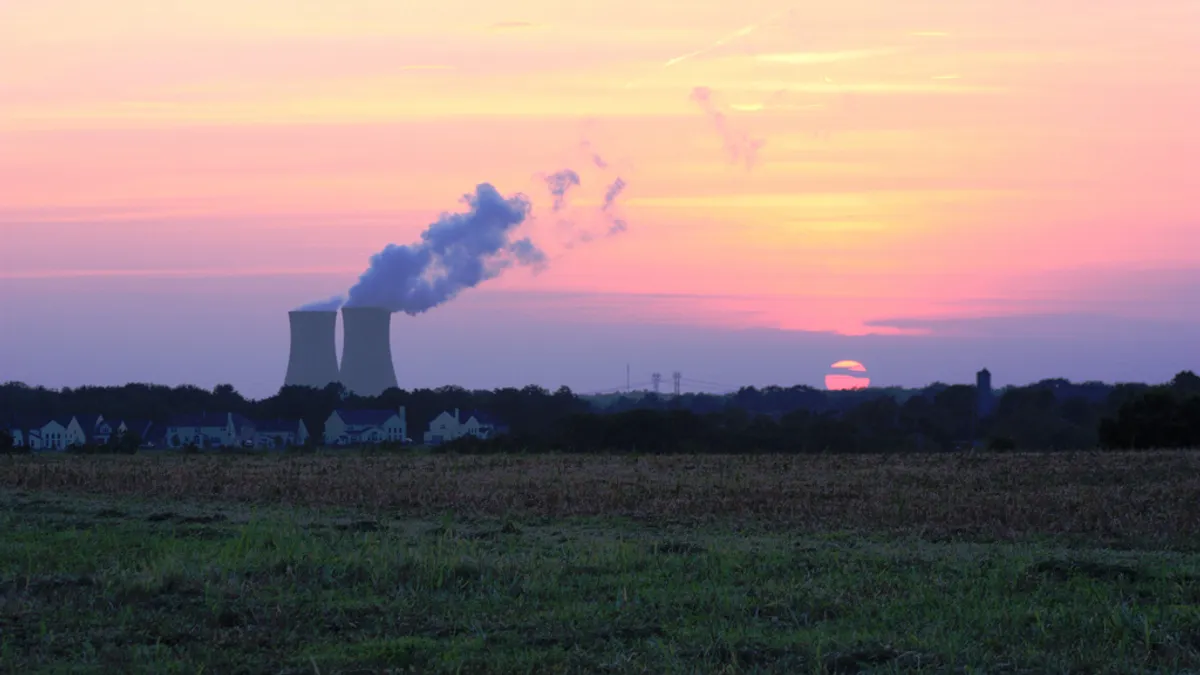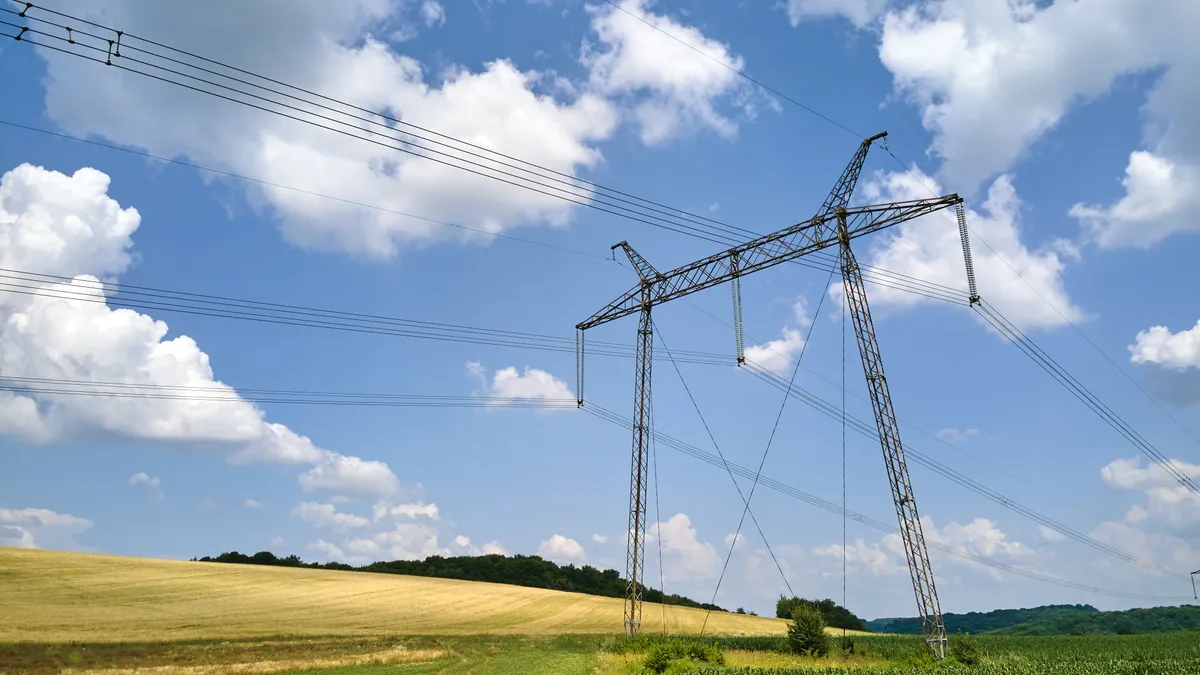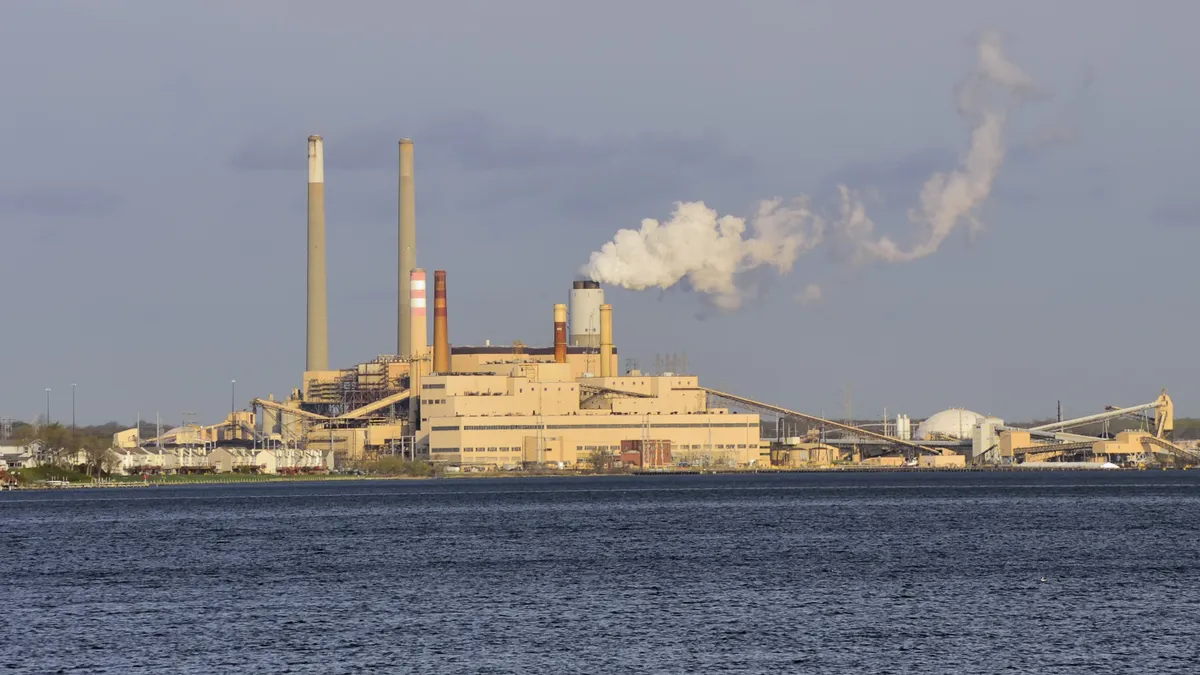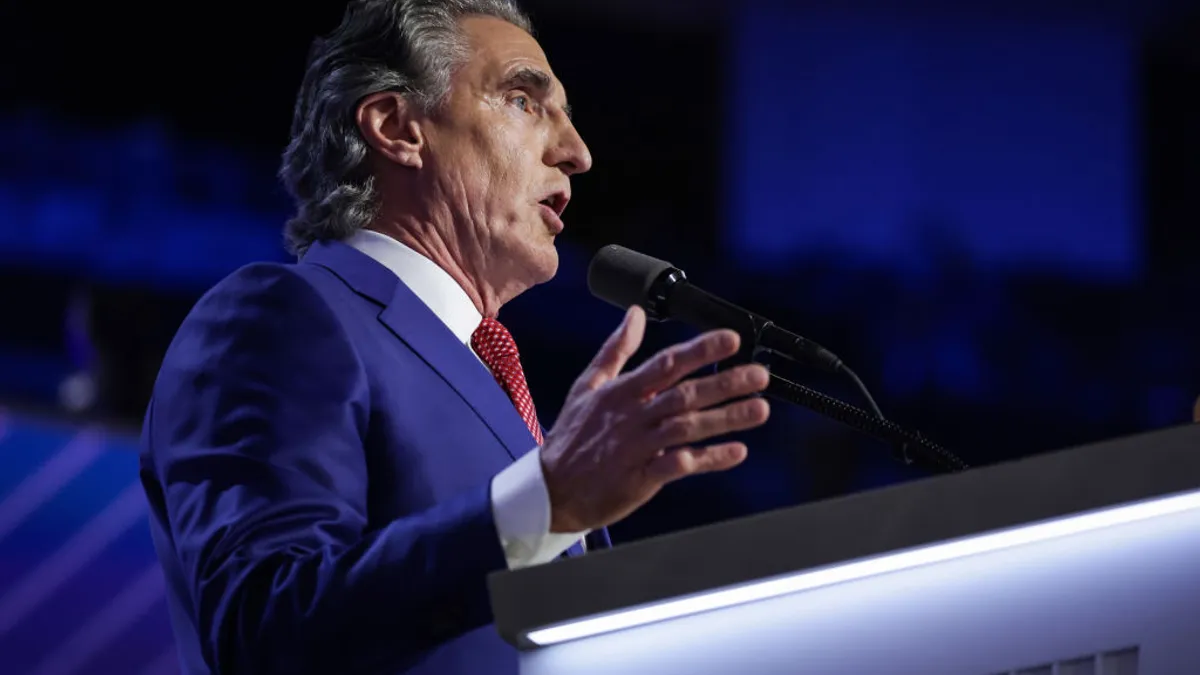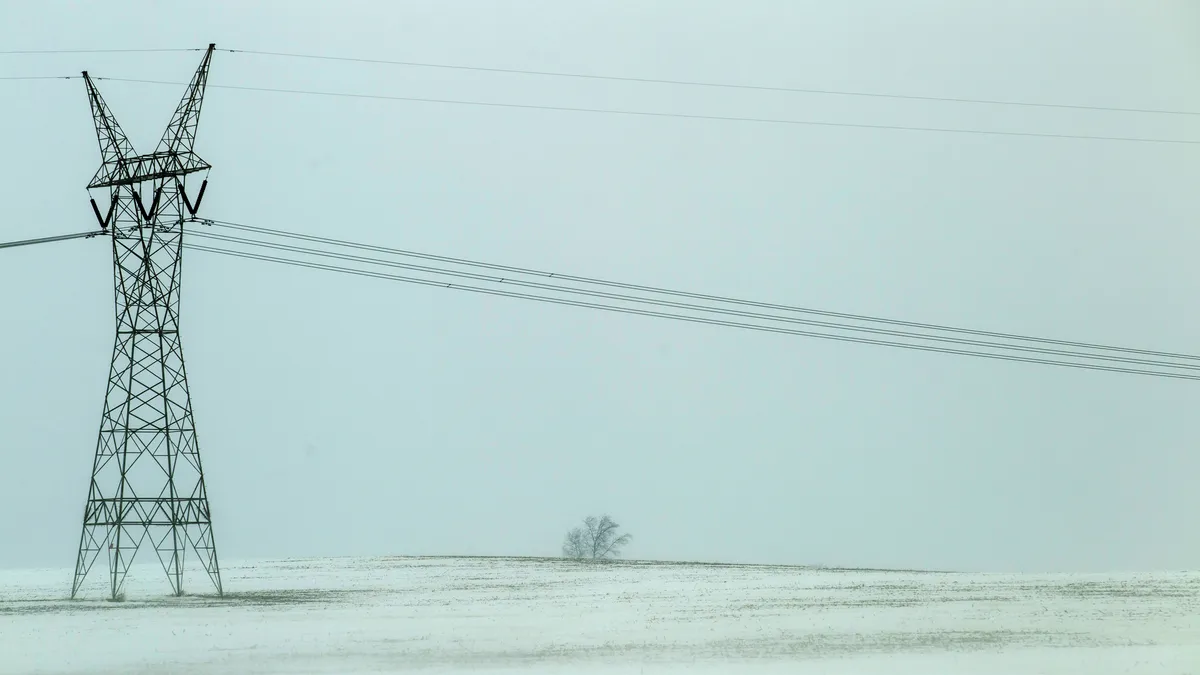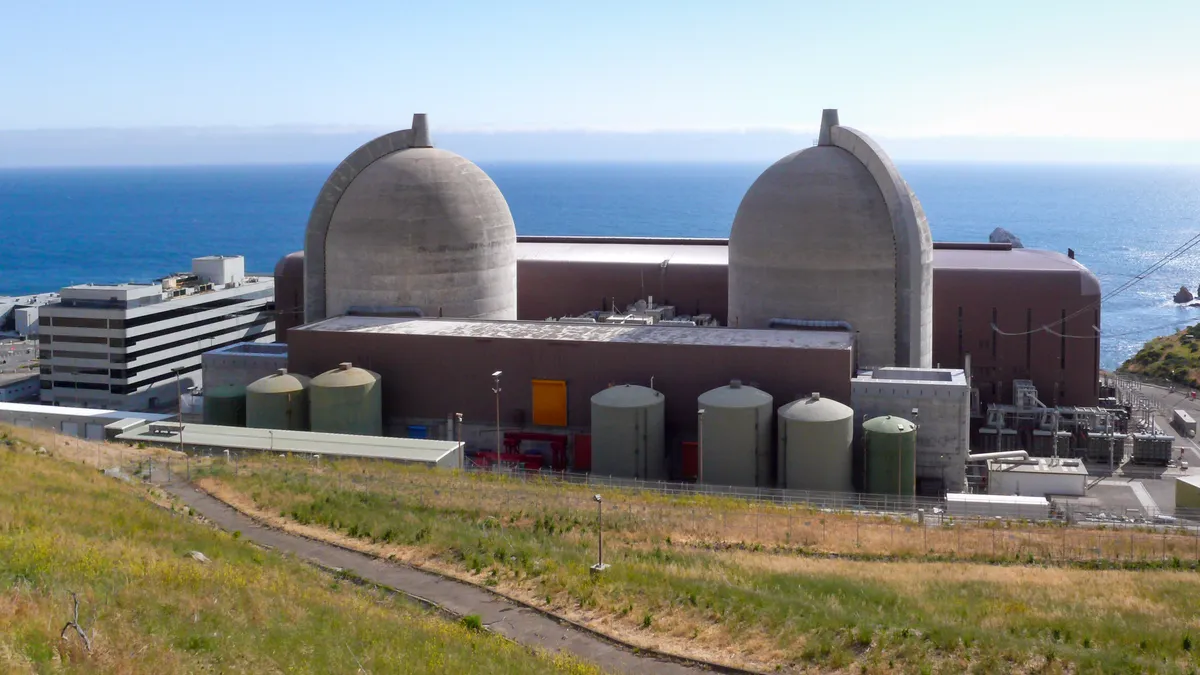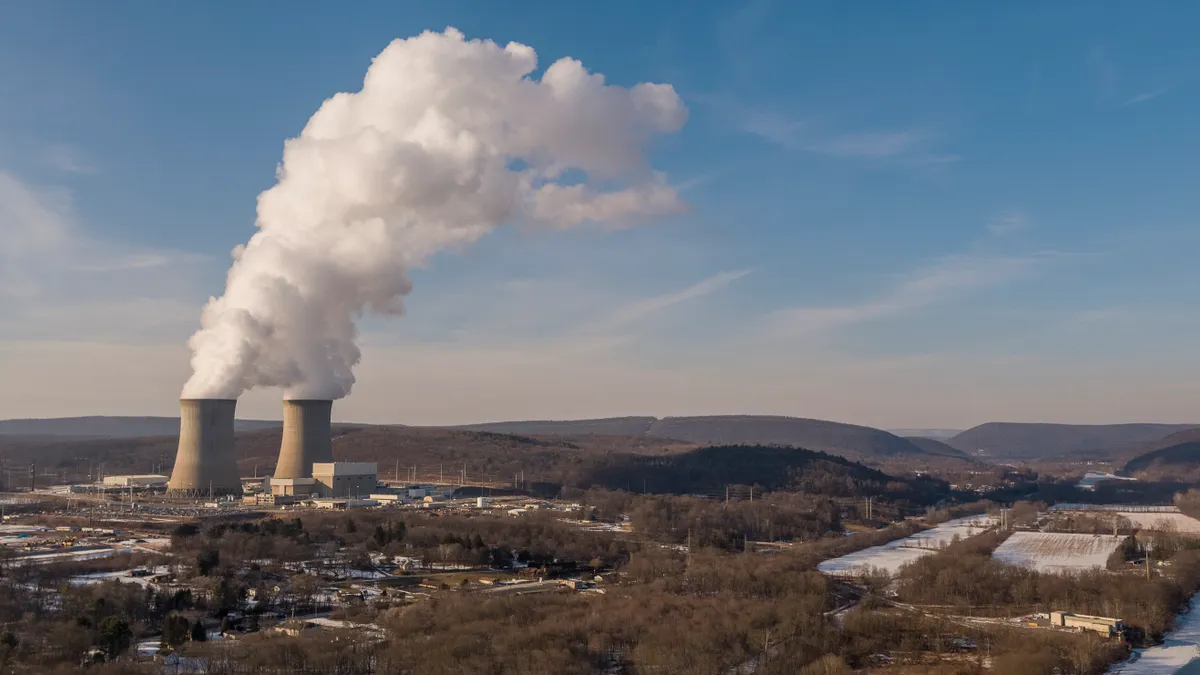As more than 150 world leaders converge on Paris, France, today for international talks on climate change, the stakes are particularly high for one part of the business world – the power sector.
The last major international meeting on climate change ended in Copenhagen in 2009 without a broad, binding agreement to limit greenhouse emissions, but this time experts and government officials say a deal is within reach.
“The growing threat of climate change could define the contours of this century more than any other [issue],” President Barack Obama told the summit audience on Monday morning in Paris. “As one of America’s governors has said, we are one of the first generations to feel the impact of climate change and the last one to do something about it.”
“We have broken the old arguments for inaction,” the president said.
Any deal could have far-reaching consequences on electric utilities – a sector for which the talks hold special significance. Not only is electricity generation the single largest contributor to greenhouse gas emissions in the American economy and many others, but the power sector remains one of the most vulnerable industries to the impacts of climate change, with coastal grid and generation infrastructure at risk from severe weather and rising sea levels.
For American utilities already beginning to cut greenhouse gas emissions under the Obama administration’s Clean Power Plan, the Paris negotiations aren’t expected to yield a deal that drastically changes the short-term outlook. But analysts say utilities should pay close attention to how world leaders shape deeper decarbonization goals out to midcentury, as those goals will influence their investements today.
The goal of the Paris climate talks
The United Nations climate talks in Paris, known as COP21, are widely seen by the scientific community as the last realistic chance to get a binding agreement to keep planetary warming at or around 2 degrees Celsius, the internationally agreed-upon goal for climate mitigation.
Despite the urgency, all indications in the buildup to the talks were that the international community would not strike a deal that achieves that goal at the outset. While a number of nations, including the U.S. and China, have put forth emissions pledges in anticipation of the talks, experts say they alone will not be enough to keep warming under 2 degrees, especially with India announcing it would oppose a deal to phase out fossil fuel usage by the end of the century.
A UN report released this month found that existing climate contributions would likely limit warming to around 3 degrees Celsius, “bringing significant climate impacts” in the future. That has led some observers to question whether the climate talks are coming too little, too late – after many impacts of climate change may already be assured.
But the UN and other analysts say the fact that so many nations have already committed to reducing emissions – in agreements like the bilateral one struck between the U.S. and China in 2014 – is historic in and of itself, and bodes well for a broad framework to be struck at COP21. Once that happens, they say, countries can work to ratchet down emissions throughout the century to mitigate climate change further.
“The contributions that countries have announced in advance of Paris are a good start, they’re helping to bend the curve, but they’re not getting us all the way to where we need to get to stay below 2 degrees Celsius,” said Rachel Cleetus, lead economist at the Union of Concerned Scientists, who has been watching the buildup to Paris.
“It’s a whole different level of momentum compared to how we were going into Copenhagen for example, because of these advance contributions,” she said, “but what can we do to ratchet ambition up over time is a key question.”
“Getting that framework in Paris is going to be something that people are watching very closely.”
Setting the stage for utilities in the 21st century
The American utility sector is gearing up to implement the EPA’s Clean Power Plan, which seeks to reduce carbon emissions from the power sector 32% by 2030. The sector has already retired or retrofitted some of its dirtiest coal power plants as a result of the Mercury and Air Toxics Standard and other Obama-era air regulations.
Those regulations, Cleetus said, have built upon trends in the electricity sector pushing utilities toward a lower-carbon future, and power companies will likely be prepared in the short term for any emissions goals that come out of Paris.
But looking further out past 2030, she said that utilities should watch closely how the international community shapes decarbonization goals. A power plant that looks like a good investment today may not be such a lucrative asset in a few decades when analysts expect decarbonization goals to be more ambitious, and that warning applies particularly to American utilities.
In an effort to replace retiring coal generation and comply with the Clean Power Plan, many U.S. utilities are planning to build out combined cycle natural gas power plants, which release less greenhouse gas pollution than power plants. But while gas has an important role to play today, Cleetus said utilities will need to do more in the future than switch the brunt of their generation to another fossil fuel.
“Simply ramping up natural gas is not going to put us on that long term pathway we need to continue to ratchet up ambition in terms of emission reduction,” she said. “Gas has an important role to play but it has to stay contained. It is a fossil fuel at the end of the day and it does come with carbon emissions and there are leakage issues as well.”
Cleetus said that utilities should consider the climate goals being framed in Paris when making decisions on which generation assets to invest in today. Power plants and other electric infrastructure have long operating lives, so the decisions made today will impact the fuel mix and carbon emissions for decades to come.
“If we are going to meet the deep emission reductions we need by midcentury and beyond, [gas] just can’t be an overly large part of the pie in our electric mix," she said, "and I think that’s where the utility sector needs to think about stranded assets, consumer risk from an overreliance on natural gas, and climate risk.”
A key goal for the agreement coming out of Paris, the UCS economist said, will be to give investors some indication of where the international community is going with emissions reductions for decades to come, so they can plan their generation and grid investment decisions now.
“That long term [emissions] goal needs to set a clear path to where we need to get by midcentury,” she said. “That should send a clear signal to investors about the kinds of assets that right now we will be investing in … whether we’re talking about power plants or pipelines or electricity transmission.”
Accelerating the shift from fossil fuels to renewables and energy efficiency will be key in the fight to meeting those goals, Cleetus said, but so will energy storage, which holds the promise of one day replacing peaker plants. Nuclear generation could also have a role to play in the decarbonized economy, but only if it addresses its current issues with construction delays and cost overruns.
Looking forward: Stumbling blocks and opportunities
While observers see unprecedented momentum for a deal in the weeks leading up to COP21, a number of stumbling blocks remain. One big emerging problem, Cleetus said, centers around the level of finance that developed countries have been able to marshal to help developing nations transition to a cleaner energy economy.
“They had been talking about marshalling $100 billion by 2020, and we’re not seeing that pledge being fulfilled in a way that’s reassuring for developing countries, so that’s gonna be a sticking point,” she said.
Issues also remain around recognition and assistance for nations already feeling the consequences of climate change, such as small island countries combatting rising sea levels. And on the domestic side, Congressional Republicans made clear earlier this month that they did not support any resolution that comes out of Paris and would work to undermine any deal the U.S. signs. A future president could also withdraw the U.S. from a climate treaty the Obama administration signs, making the 2016 election a critical one for the future of the power sector.
But if an agreement is reached and stands up to domestic political challenges, Cleetus says it could help unlock new opportunities for utilities and other power sector players. While renewables and storage were thought of as fringe technologies by many a decade ago, plummeting prices and wider adoption mean that utilities can now use them as central tenets of energy planning.
“Nobody predicted this even 10 years ago,” she said, referencing the disruption of the power sector. “It is a moment of significant opportunity that were seeing and it’s just a question of making sure the long lived infrastructure were investing in is actually taking us in the right direction toward a lower carbon sector rather than leaving us with dead ends that we might have to abandon along the way.”
No matter how the negotiations go in the next two weeks, the UCS economist says states and utilities should be thinking about the endgame of a decarbonized future as they plan their energy investments today.
“The moment of the Clean Power Plan is important because states are drawing up long-term compliance plans and they’re making choices about what their power mix should look like,” she said. “Our view is they really should be exploring the opportunity for efficiency and renewables to meet the majority of their Clean Power Plan goals because that’s really going to bear out over the long term, instead of a plan that gets them through the next five years but then becomes more challenging.”


